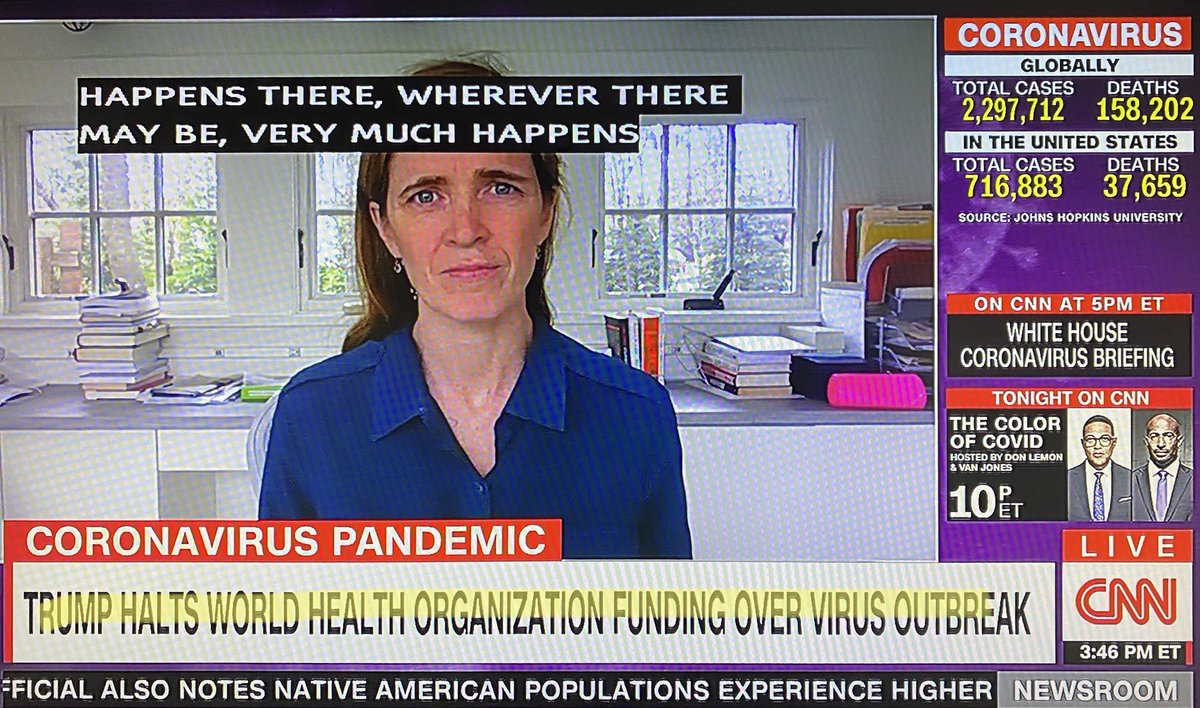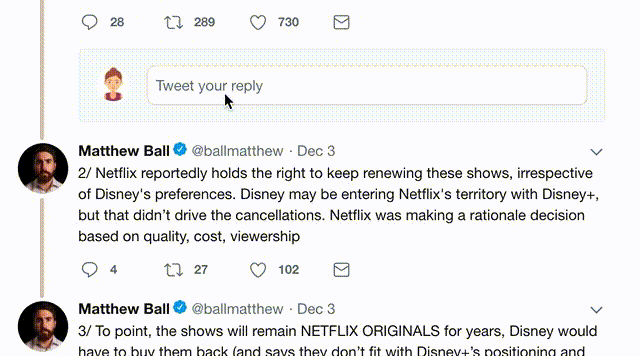I first worked with WHO early 2000s (!). I pulled up my trip report I wrote for Bill (just a couple years into vaccines.)
Seems like an obvious and necessary component.
Often the information conflicts. Some is "official" and some isn't.
This is when EMS got interesting (which was confusing since that was the acronym for Exchange email!)
This might feel "low tech" but was more state of the art than most companies. It is easy to see how today this is all about data feeds, live dashboards, etc. Just as on who.int
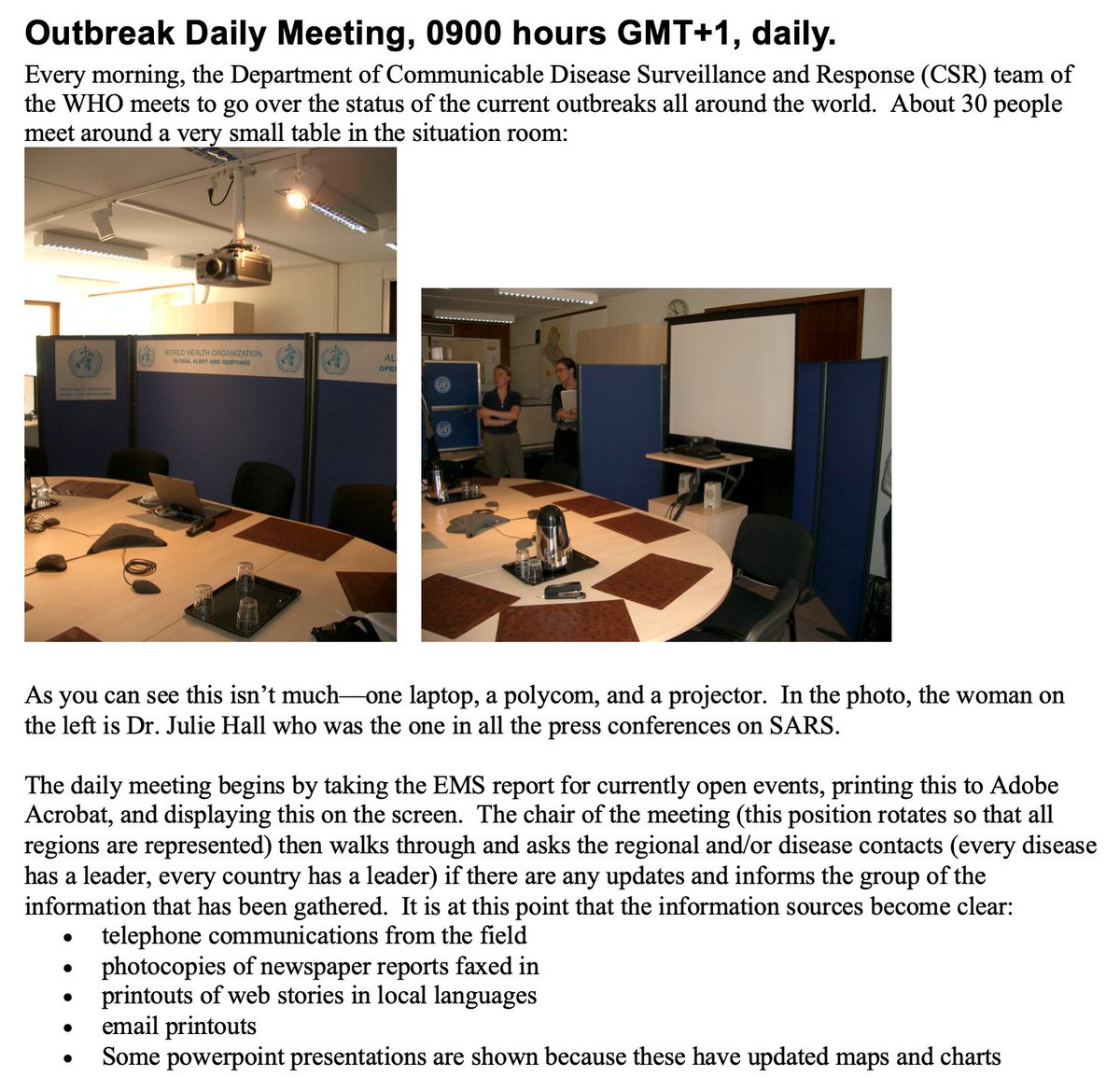
Why? Because WHO is a treaty organization with a constitution. Unlike a company, the rules are the rules and can't be changed without a process. who.int/governance/eb/…

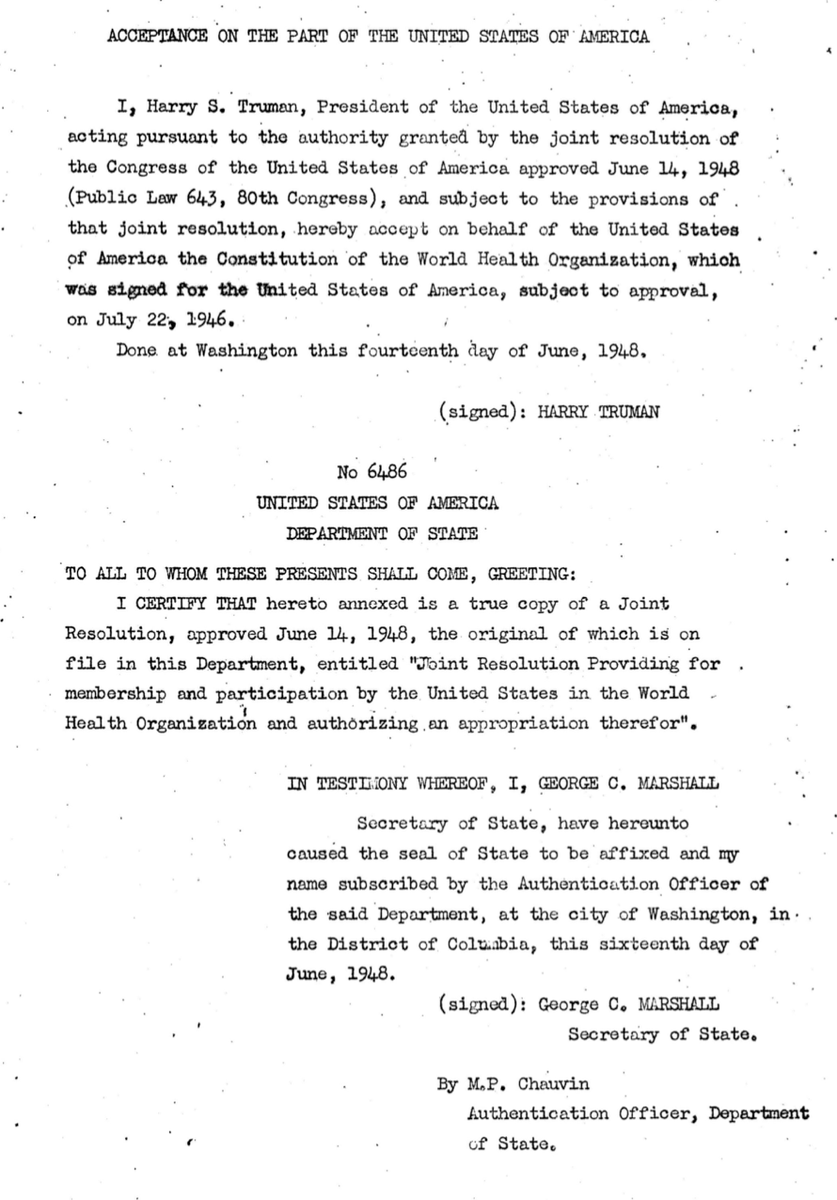
That's when EMS got interesting. It seemed "formal" and "slow" to me even 20 years ago. Then the context became clear.
Sovereignty is a key concept in international issues. No country likes to be told what to do. It works in every direction and why treaty organizations are critical.
So that's some WHO background.//
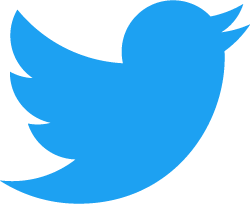

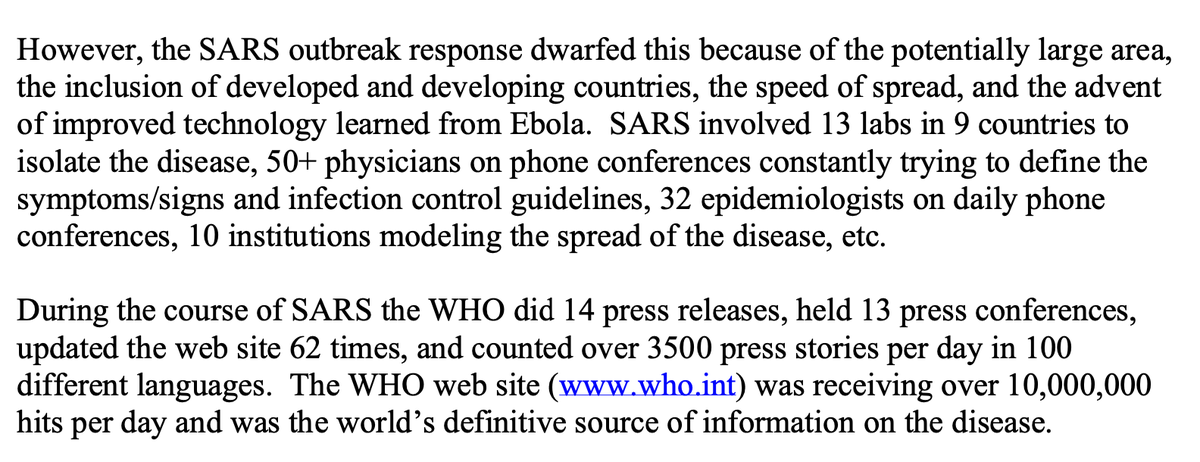
![The meeting is rapid fire and feels a lot like morning rounds at a hospital (for obvious reasons). Lots of shorthand is used and people communicate a lot of information quickly. To me, the meeting looked a lot like obtriage [Office box bug triage meeting] early in the release. <br />
<br />
On a typical day there will be 10-20 outbreaks that are being tracked. The team is collectively looking for outbreaks that are not contai](https://pbs.twimg.com/media/EV6M1ECVAAEZxYa.jpg)


